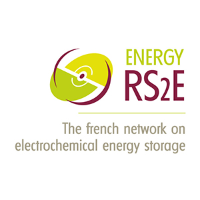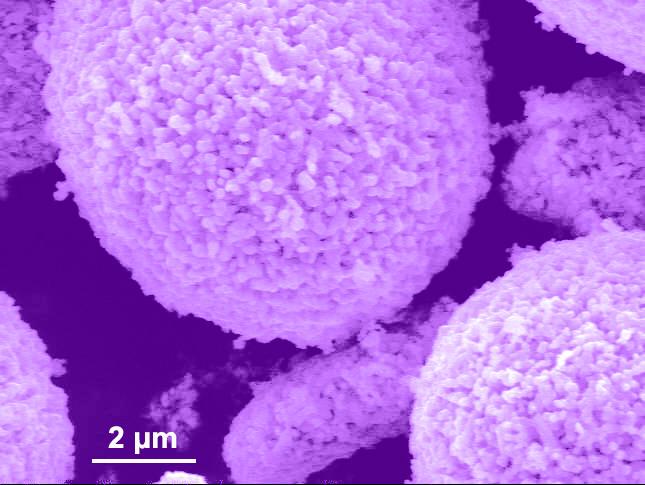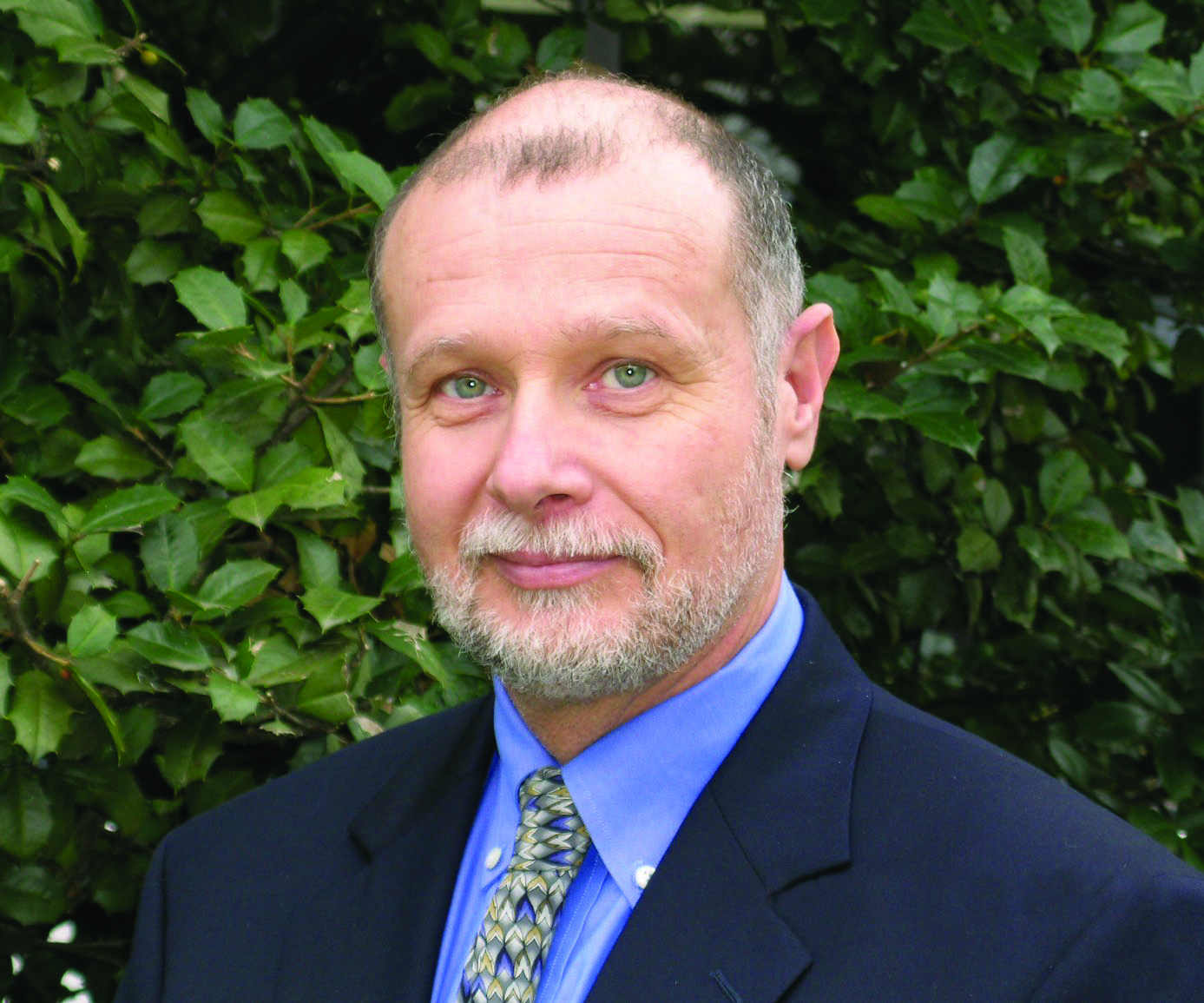
Image: CC0 Public Domain
By now you’ve probably heard the headlines about the dangers of self-driving cars in light of the first fatal crash involving a Tesla vehicle.
That crash took place on July 1, but more incidents involving the autopilot feature of Tesla vehicles have been reported since.
Just one day after the National Highway Traffic Safety Administration started their investigation into the safety of Tesla’s self-driving mode, another non-fatal accident was reported outside of Pittsburgh.
In a recent interview with NPR, Wired magazine report Alex Davies discussed how Tesla’s autopilot feature works and what some of its safety issues are.
According to Davies, Tesla’s autopilot feature functions similarly to the advanced cruise control of other makes and models. Once you exceed 18 mph, drivers can activate the autopilot mode, where the car then uses cameras to read lane lines and sensors to keep appropriate distances from other vehicles.
But the technology does not seem to be working without complication.


 The French research network on electrochemical energy storage (RS2E) – a public research organization focused on batteries and supercapacitors – has just launched the
The French research network on electrochemical energy storage (RS2E) – a public research organization focused on batteries and supercapacitors – has just launched the  Prior to the turn of the 20th century, society pondered a question that baffled people for millennia: What drives the sex of a baby? What makes a boy a boy? What makes a girl a girl?
Prior to the turn of the 20th century, society pondered a question that baffled people for millennia: What drives the sex of a baby? What makes a boy a boy? What makes a girl a girl?


 Former ECS President and U.S. Naval Research Laboratory scientist,
Former ECS President and U.S. Naval Research Laboratory scientist,  Nomination Deadline: August 1, 2016
Nomination Deadline: August 1, 2016 A recent survey shows the scholarly publication model is changing, and researchers are embracing that change.
A recent survey shows the scholarly publication model is changing, and researchers are embracing that change.